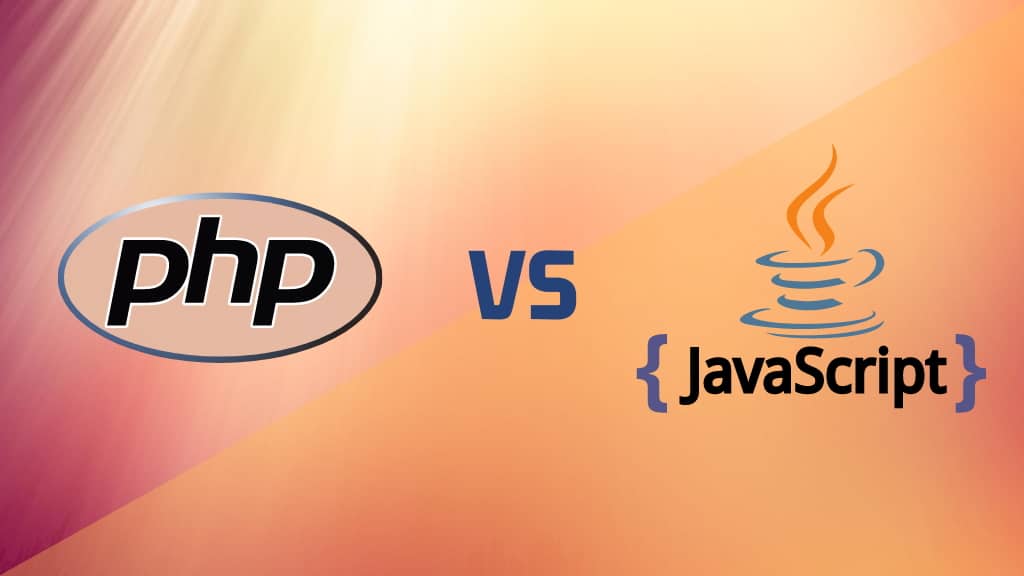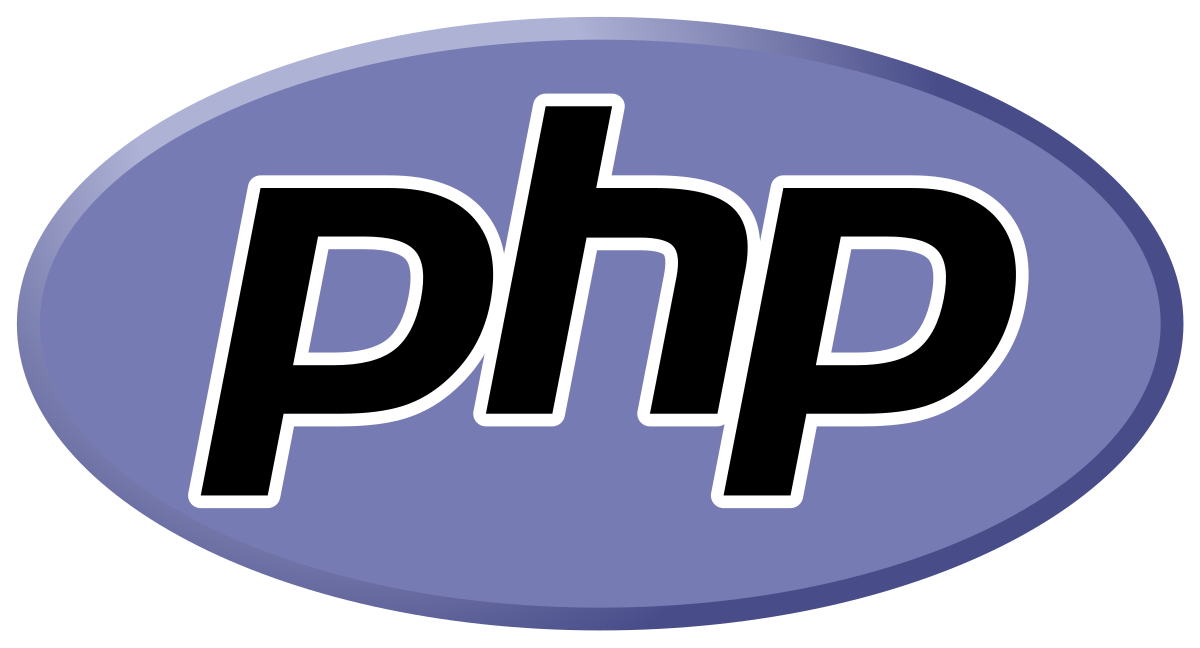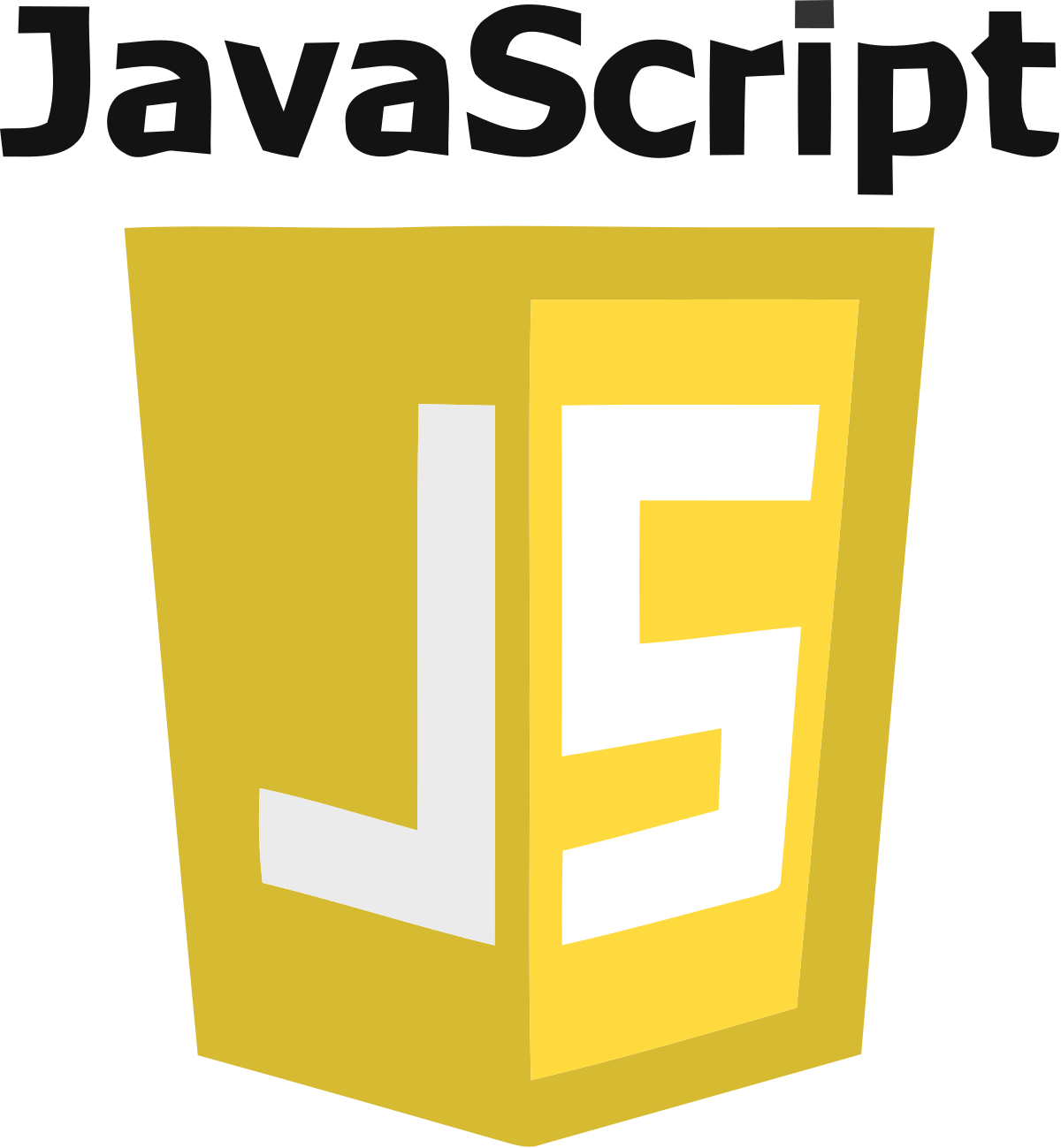PHP vs Javascript For Web Development
PHP was a server-side language and Java script was a client-side language because it only ran in web browsers. Since we can now handle both front-end and back-end through Java script, it is considered more powerful than PHP. JavaScript can be used for both client-side and server-side development.

PHP vs javascript
PHP
It is not fair to compare PHP vs JavaScript as both have different purposes for web development. In fact, the most dynamic web is created when we use the features of both these languages together. If PHP is like a brush for work a picture, then JavaScript is the paint. It is a programming language embedded in HTML that does all kinds of things like creating your own web content, sending and receiving cookies, evaluating form data submitted from your browser, etc.

Javascript
With JavaScript, web pages are no longer static HTML and allow a program that interacts with the user, controls the browser, and dynamically creates HTML content. The advantage of JavaScript is that it has less interaction with the server, allowing you to validate user input before submitting the page, meaning less load on your server and less server traffic.

Overview
JavaScript:
- JavaScript is a lightweight, multi-paradigmatic, high-level, interpreted or just-in-time dynamic programming language.
PHP:
- PHP stands for Hypertext Preprocessor and is an open-source scripting language for backend development.
Performance and speed
JavaScript:
- Such a model is ensured by event looping and clustering of nodes. The asynchronous nature of Node.js allows it to run through all the code simultaneously without waiting for some functions to execute. Node.js is made even faster by the V8 engine, constant server connection and callback functions.
PHP:
- PHP features a multi-threaded, blocking I/O execution model. Unlike JavaScript, PHP is synchronous. The second line of code in PHP cannot run until the first has run, making it much slower than JavaScript.
Extensibility
JavaScript:
- JavaScript can be combined with HTML, XML and Ajax. There are a lot of great JavaScript frameworks, and it’s impossible to count them, because new ones are created quite often. The most common server-side framework is Node.js. Which framework you choose can define the development speed and cost, performance and other technical qualities of your future application.
PHP:
- PHP can only be combined with HTML. Perhaps the biggest advantage of PHP is the availability of CMS such as WordPress or Drupal. These solutions can make web application development much easier and even cheaper. PHP can also be extended with any LAMP stack technology and server solutions like MySQL or PostgreSQL.
Versatility
JavaScript:
- The biggest advantage of JavaScript over PHP is that JavaScript is a full-stack development language. Most JS vs PHP comparisons emphasize that JavaScript is just a frontend, but that’s simply not true. You can develop an entire website or mobile app with no technology other than JavaScript.
PHP:
- PHP is only a back-end development language. To develop a web application with this technology stack, a software engineer needs to know four different syntax systems as well as HTML and CSS. Switching between languages isn’t convenient or efficient, and it complicates the learning curve considerably.
Conclusion
Although Java script can be successfully used for both front-end and back-end development using platforms like Node.js, PHP still remains the better back-end tool. In fact, the best idea would be to combine PHP and Java script to create a robust dynamic web application.











